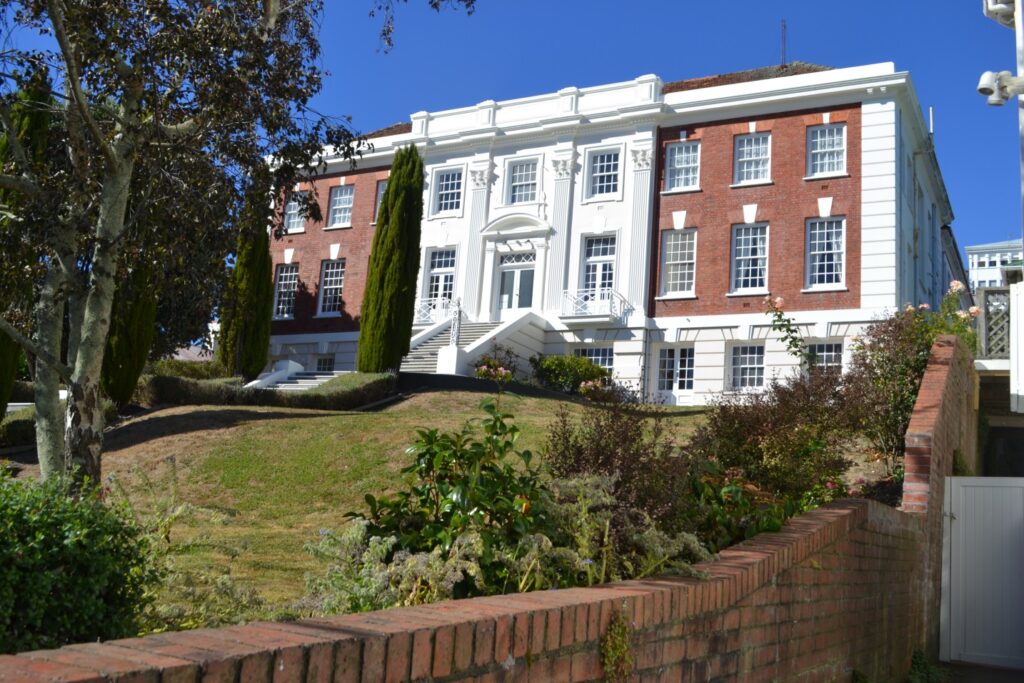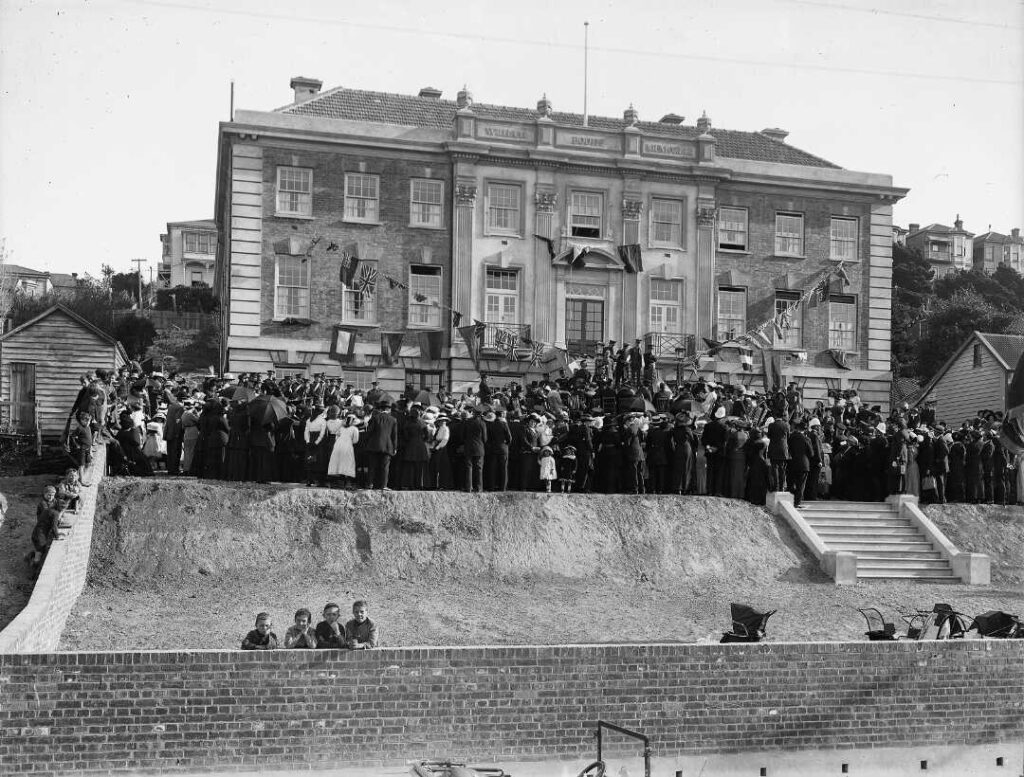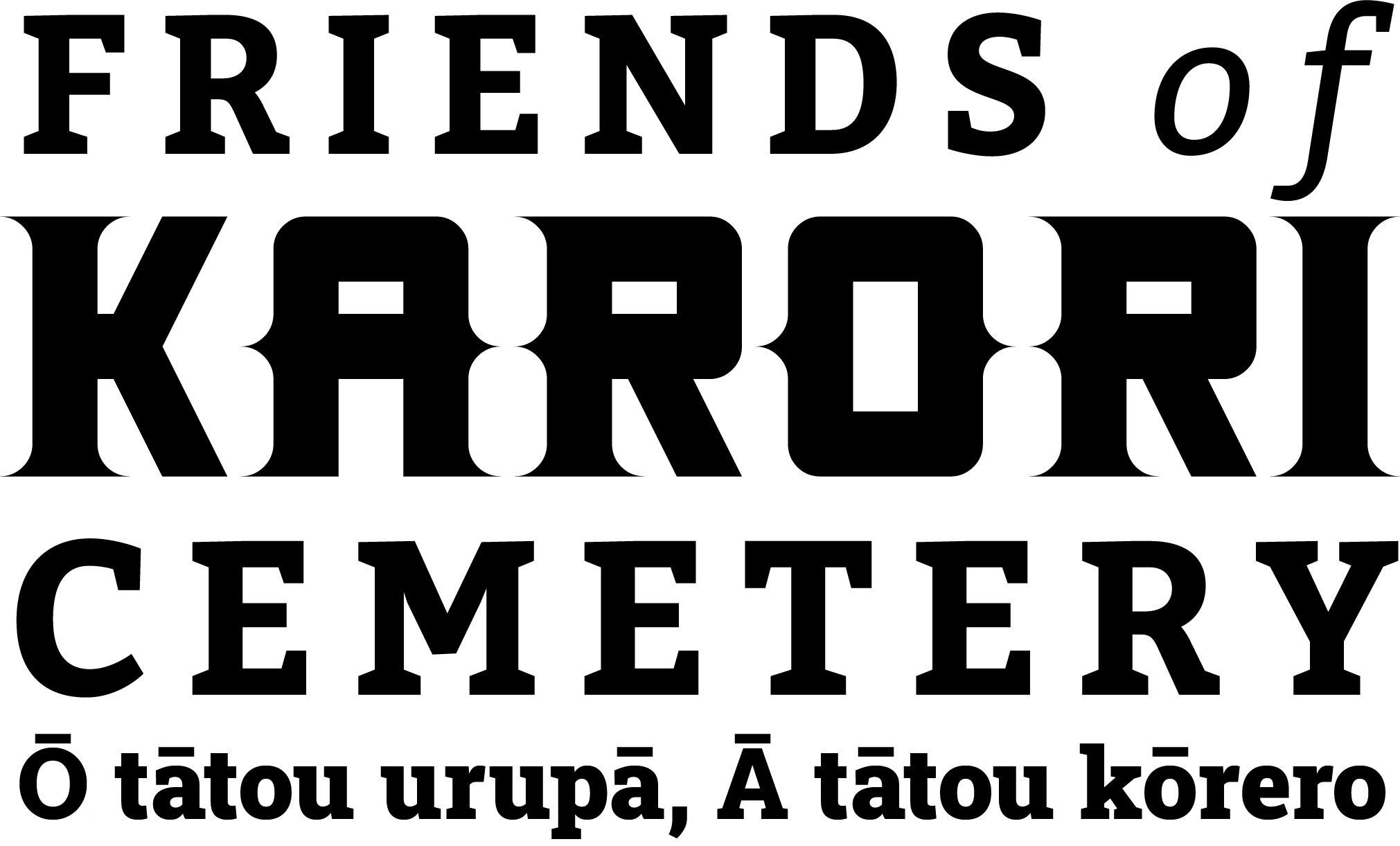Fearn & Quick – architects of the William Booth Memorial Training College, Aro Street.
Stanley Fearn was born in Mile End, London, in 1887 to Walter who was a pawnbroker and his wife Emma Tilly. The family moved out of London to Woodford where Stanley was educated at Woodford College, Burnham College and Bancrofts School. He started his architectural training in 1904. Stanley arrived in Wellington on a third-class ticket in 1911.
William Benyon Austin Quick (known as Austin) was born in New Zealand in 1886 to William Henry Quick and his wife Elizabeth Thomas. William senior was a solicitor. Austin was educated at Mrs Swainson’s school in Fitzherbert Terrace (the forerunner to Samuel Marsden College), before attending Victoria University where he was described as being ‘of a reserved disposition but sterling character’.
Stanley and Austin formed an informal partnership in 1913, and together they designed the Training College in the neo Georgian style. It was designed as a residential college for 50 students, (25 female and 25 male) and cost 13,000. The building opened in 1914. The partnership won the inaugural NZIA Gold Medal Award for their design in 1927.
When the war started, the partners wound up their business as soon as they were able to and joined the New Zealand Expeditionary Force.
Stanley served in Egypt, France and Belgium, attaining the rank of Second Lieutenant before his return to New Zealand in 1919.
Austin left as a sergeant with the 5th Reinforcements and served in Egypt and Gallipoli before he was invalided home with enteric. He re-joined his battalion in France and was killed in action while serving in the machine gun section in 10th December 1916. He is interred at Rue-Petillon Military Cemetery, Fleurbaix, Pas de Calais, France. Austin is remembered on a brass plaque at Old St Paul’s which reads ‘A chorister in this church as a boy and man’.
Stanley lived for 50 years longer than his friend, and became a distinguished architect. He married Winifred Glasse of Essex in 1916 and they had a son and a daughter. Their son, Detmar, also became an architect. Stanley lived in Wilton Road, Northland.
Stanley died in 1976 and was cremated at Karori.



